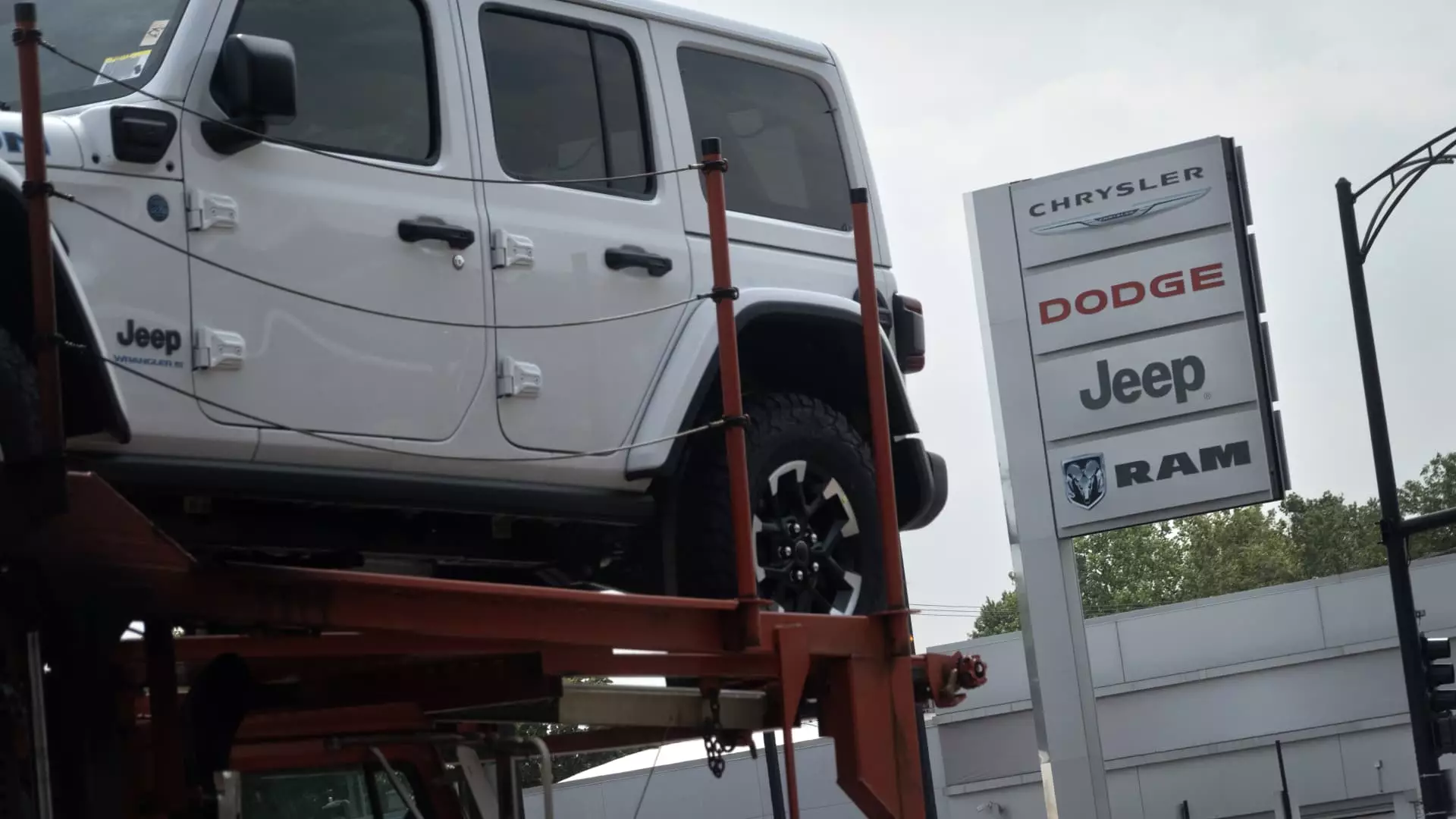The first half of the year showed a promising 2.9% increase in U.S. auto sales compared to the previous year. However, as the industry looks ahead to the rest of the year, concerns are mounting that this momentum may be difficult to sustain. Factors such as growing vehicle inventory levels, increasing incentives, and uncertainties surrounding the economy, interest rates, and the U.S. presidential election are casting a shadow over the industry’s future.
Sales Growth Expected to Slow
According to Cox Automotive, a leading auto data and research firm, sales growth is projected to decelerate in the next six months, with an estimated 1.3% increase from 2023, totaling around 15.7 million units. Unlike in recent years, this growth is primarily being driven by commercial sales rather than the more lucrative consumer sales. Chief economist Jonathan Smoke expressed cautious optimism during a midyear review briefing, acknowledging that some weakness is expected in the coming months but ruling out the possibility of a significant collapse.
While these circumstances present a favorable opportunity for consumers, who have been benefiting from ample vehicle supplies and competitive prices during the pandemic, automakers are facing headwinds. Companies that saw record profits due to high demand and limited vehicle availability are now bracing for challenges in pricing and profitability. Wall Street analysts are predicting a tough road ahead for automakers as they navigate through uncertain market conditions and evolving consumer preferences.
The auto industry is witnessing notable shifts in sales dynamics, with rental, commercial, and leasing sectors showing signs of double-digit growth. Retail share of the overall industry is expected to decrease by nine percentage points from 2021, settling around 79%. General Motors, Toyota Motor, and Honda Motor are likely to emerge as the top performers in the first half, with Toyota potentially challenging GM for the top spot in U.S. sales. On the flip side, Tesla and Stellantis are projected to underperform, with sales taking a hit compared to previous periods.
Stellantis, which experienced a decline in U.S. sales during the first half, is undergoing a period of correction and strategic realignment under CEO Carlos Tavares. The company is addressing past mistakes and aiming to streamline its operations in the U.S. market to regain lost ground and investor confidence. The era of a seller’s market, characterized by high new vehicle prices and dealer profitability, seems to be fading away as oversupply becomes a new reality for the industry. This shift is expected to place further pressure on margins and bottom lines for automakers in the months ahead.
The U.S. auto industry is at a crossroads, balancing between past successes and future uncertainties. While the first half showed positive signs of growth and resilience, challenges lie ahead that may test the industry’s resilience and adaptability. Automakers need to stay agile, consumer-focused, and innovative to navigate through the changing landscape of the auto market successfully. The second half of the year will be crucial in determining how the industry evolves and redefines itself in the post-pandemic era.

Leave a Reply